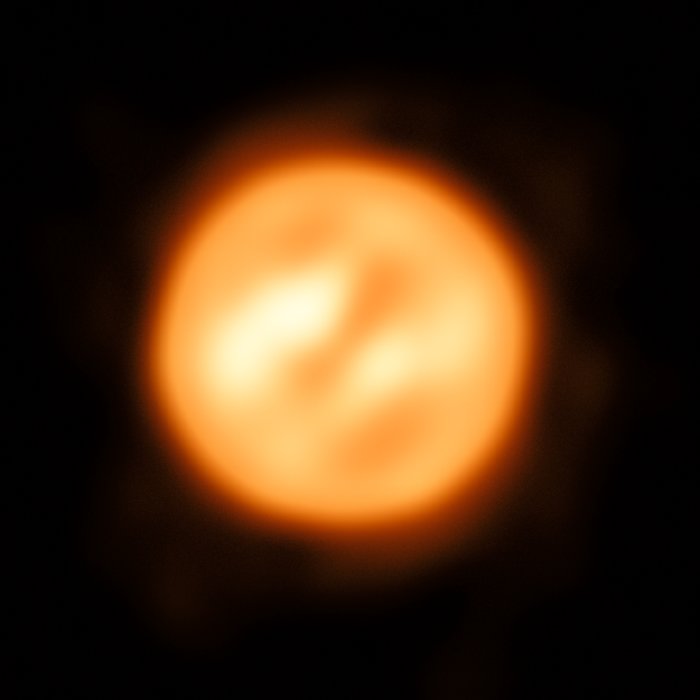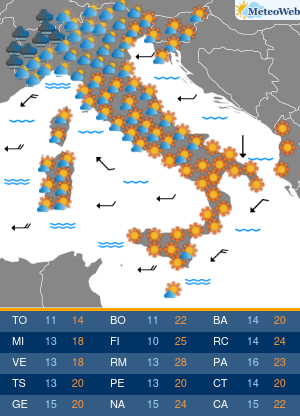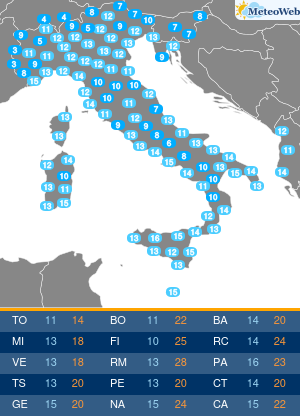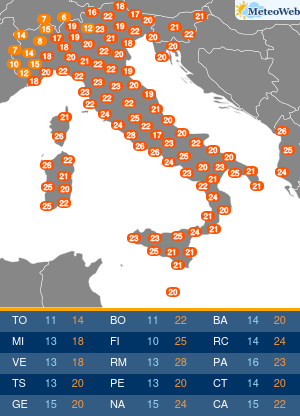Utilizzando il Very Large Telescope (VLT, letteralmente “telescopio molto grande”), gli astronomi dell’ESO hanno ricostruito le immagini più dettagliate mai avute di una stella diversa dal SOle: si tratta della supergigante rossa Antares. Oltre alle immagini, gli astronomi hanno anche potuto realizzare la prima mappa delle velocità nell’atmosfera di una stella diversa dal sole, scoprendo così turbolenze inaspettate. I risultati della ricerca sono stati pubblicati nei giorni scorsi sulla rivista scientifica “Nature“. L’astronomo giapponese Keiichi Ohnaka, coordinatore del gruppo di ricerca, ha spiegato che “da oltre mezzo secolo era un prblema capire come stelle come Antares perdessero così rapidamente massa nella fase finale della loro evoluzione, e adesso abbiamo compiuto un passo fcruciale per chiarire questo problema misurando direttamente i movimenti dei gas nell’atmosfera estesa di questa stella. La prossima sfida è quella di identificare ciò che guida questi movimenti così turbolenti. In futuro, questa tecnica di osservazione potrà essere applicata a diversi tipi di stelle per studiare le loro superfici e atmosfere con dettagli senza precedenti, come fin qui abbiamo potuto fare soltanto con il sole. Il nostro lavoro porta l’astrofisica stellare a una nuova dimensione e apre una finestra completamente nuova per osservare le stelle“.













